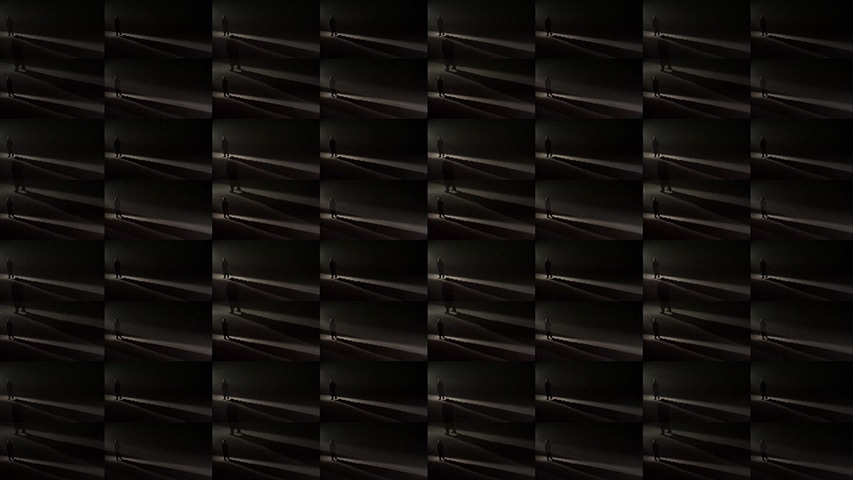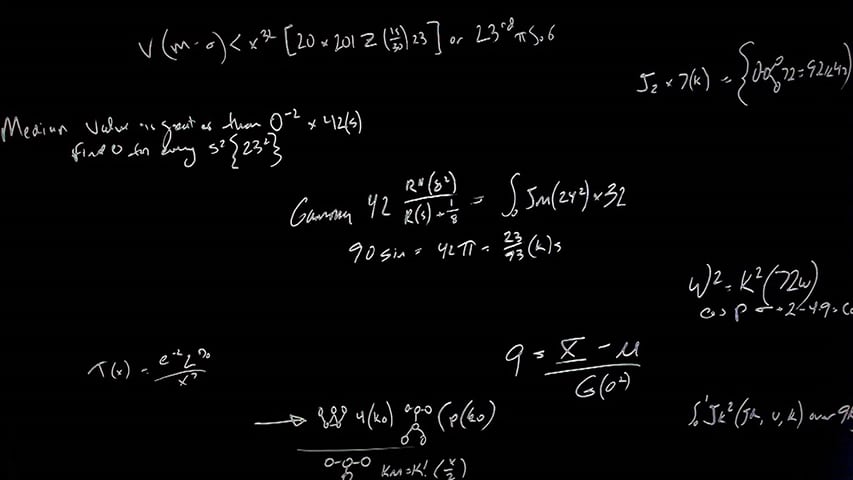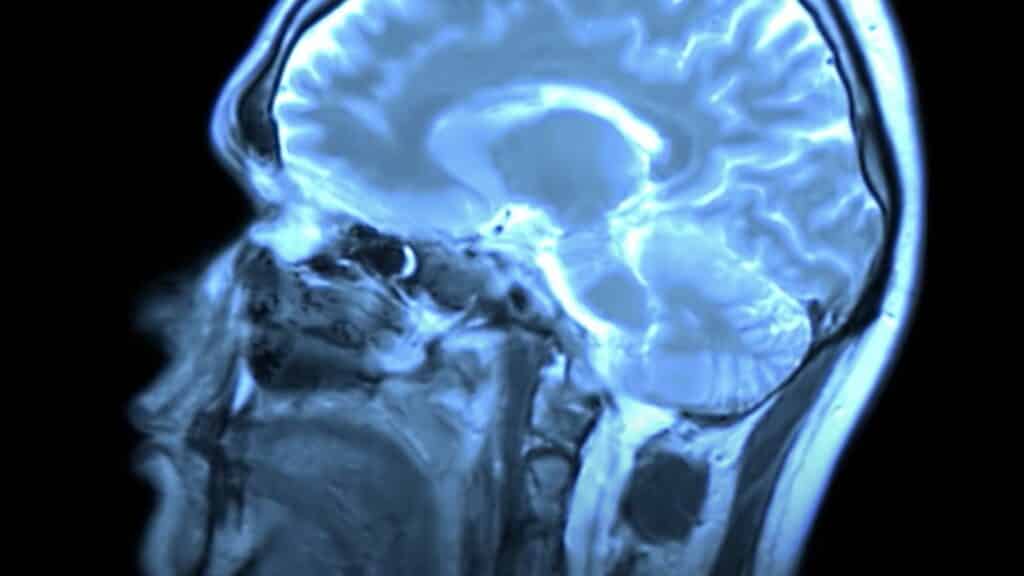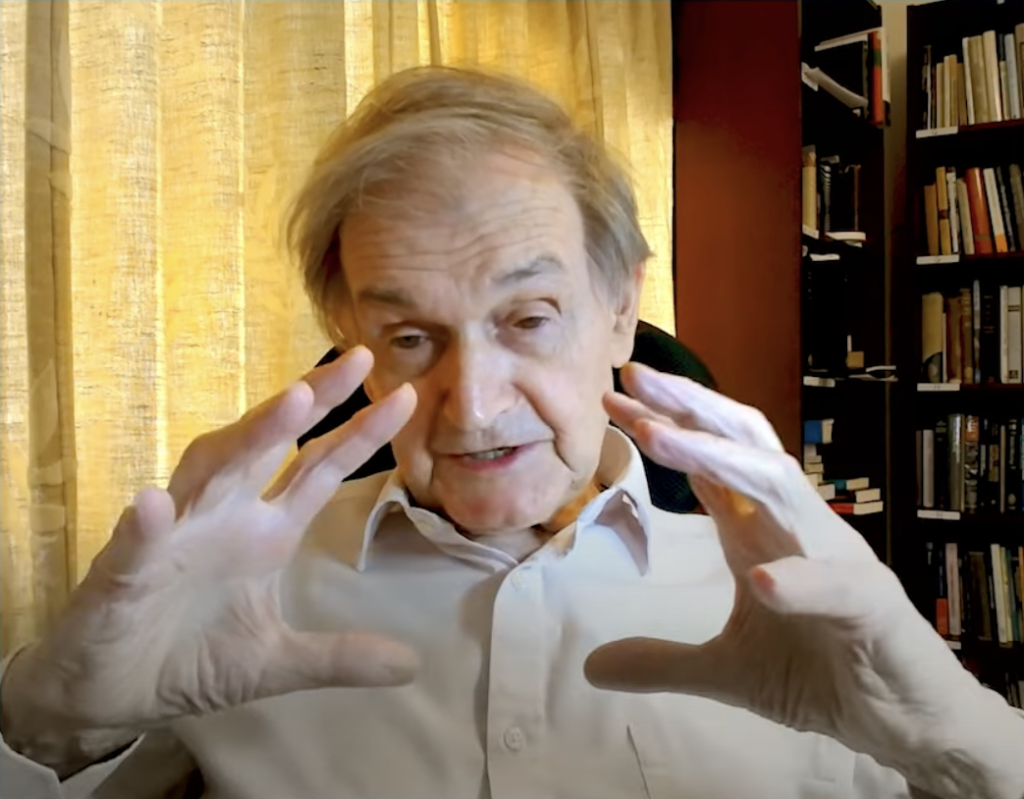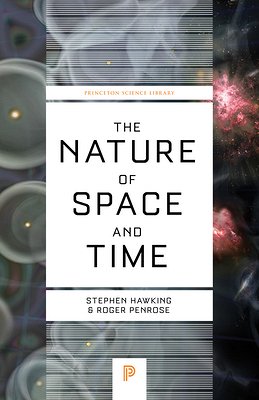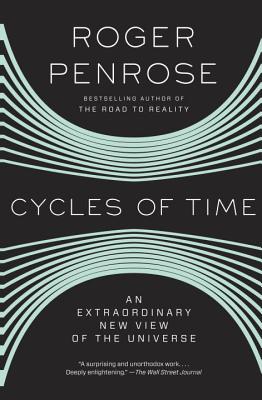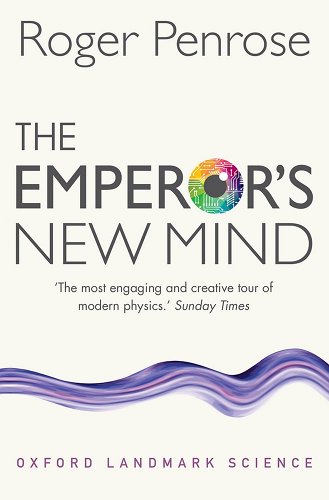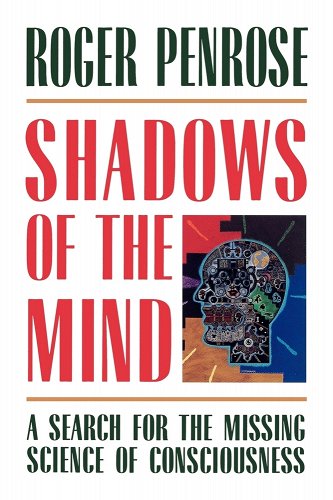Sir Roger Penrose is a British mathematician, mathematical physicist, philosopher of science and Nobel Laureate in Physics. He is the Emeritus Rouse Ball Professor of Mathematics at the Mathematical Institute of the University of Oxford, as well as an Emeritus Fellow of Wadham College.
Penrose is internationally renowned for his scientific work in mathematical physics, in particular for his contributions to general relativity and cosmology. He has received a number of prizes and awards, including the 2020 Nobel Prize in Physics for “the discovery that black hole formation is a robust prediction of the general theory of relativity.” He also received the 1988 Wolf Prize for physics, which he shared with Stephen Hawking for their contribution to our understanding of the universe.
Penrose attended University College School and University College, London, where he graduated with a first class degree in mathematics. Penrose earned his PhD at Cambridge (St John’s College), writing a thesis on “tensor methods in algebraic geometry” under algebraist and geometer John A. Todd. He devised and popularized the Penrose triangle in the 1950s, describing it as “impossibility in its purest form” and exchanged material with the artist M. C. Escher, whose earlier depictions of impossible objects partly inspired it. Escher’s Waterfall, and Ascending and Descending were in turn inspired by Penrose.
In 1965, at Cambridge, Penrose proved that singularities (such as black holes) could be formed from the gravitational collapse of immense, dying stars. This work was extended by Hawking to prove the Penrose–Hawking singularity theorems.
He is well known for his 1974 discovery of Penrose tilings, which are formed from two tiles that can only tile the plane nonperiodically, and are the first tilings to exhibit fivefold rotational symmetry. In 1984, such patterns were observed in the arrangement of atoms in quasicrystals. Another noteworthy contribution is his invention of spin networks, which later came to form the geometry of spacetime in loop quantum gravity. He was influential in popularizing what are commonly known as Penrose diagrams (causal diagrams).
Penrose is the Francis and Helen Pentz Distinguished (visiting) Professor of Physics and Mathematics at Pennsylvania State University. He is also a member of the Astronomical Review Editorial Board. Penrose has been awarded many prizes for his contributions to science. He was elected a Fellow of the Royal Society of London. Stephen Hawking and Penrose were jointly awarded the Eddington Medal of the Royal Astronomical Society.


